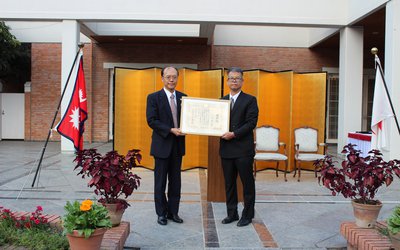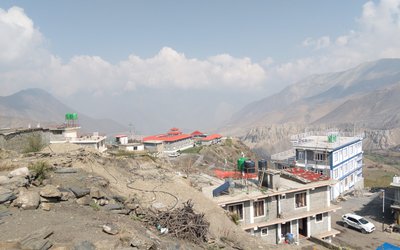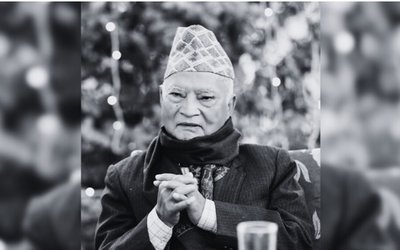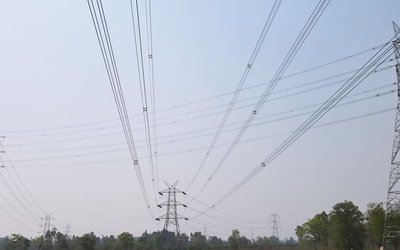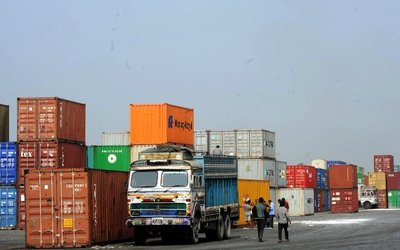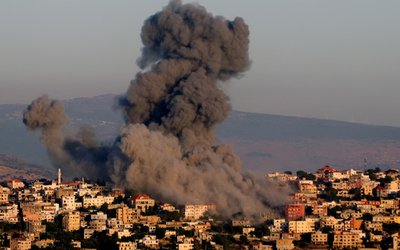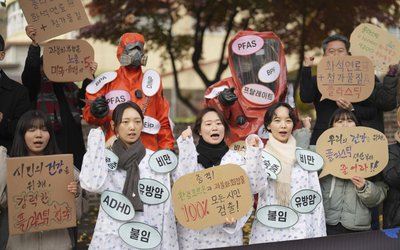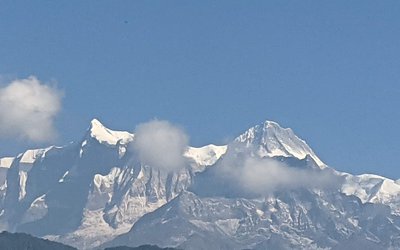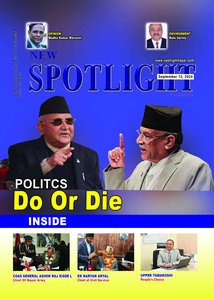Nepal cannot go without a long term planning. The whole process of its development will be paralysed in case the National Planning Commission fails to bring periodic plans in four months from now. Given the current preparations, I don’t think the NPC can produce any document. Periodic plans play an important role in preparing the annual budget. Nepal’s development budgets are allocated on the basis of the priority given by planning documents. Along with this, various districts and ministries get Nepal’s development budget on the basis of these documents. Similarly, Nepal’s development partners offer their financial support on the basis of the documents. Despite such a huge importance of planning, the National Planning Commission, which is authorized to prepare, and plan documents, leaves much to be desired. I think this will create a major vacuum in the country which will ultimately disturb Nepal’s whole development process.
Nepal is passing through a very crucial period in the history of planned development as the three year interim period is going to end the next year. If Nepal fails to produce another periodic plan, there will be a major gap in the implementation of projects and planning in the country. One can understand what will be the development scenario without another periodic plan. This is the reason there must be another periodic plan after the termination of the current interim plan. Looking at the future political scenario of the country, the National Planning Commission has prepared a concept paper with a vision for twenty years in a document named Nepal Development Vision 2030. After a series of discussions, there was political consensus for this document. When I was the vice-chairman of the National Planning Commission, it was considering drafting a three or five years’ planning within the frame work of the vision document. Given Nepal’s unstable political scenario, Nepal needs a long term economic vision document to address the country’s development issue. Even Nepal’s development partners who have been supporting all round development projects had proposed this kind of vision document. For instance, the United System in Nepal is preparing the United Nations Development Assistance Framework, analyzing resources required for Nepal till 2015. Nepal needs the 20 years’ vision to tie up with UN. Nepal’s development partners come to Nepal with development programs and planning looking for 5 to 10 years. However, it is unfortunate that Nepal does not have even a conceptual plan for ten years and twenty years. During prime minister Jhalanath Khanal’s period, the government announced a long term development vision for Nepal. It was also approved by then Legislature Parliament. Actually, the concept paper is the property of the country. It is the duty of NPC now to carry on with it and the current team of NPC should has a role to play. As there is already a concept paper for Nepal Development Vision 2030, the need of the time is to start discussions on it.
Nepal’s current three years interim plan is going to expire from the coming fiscal year and there will be a big vacuum in case Nepal failed to prepare another periodic plan. The country is in the process of political and socio-economic transformation. Political leaders and planners of Nepal need to properly internalize and respond duly with a change in the mindset to meet the rising aspirations of the people brought about by the Popular Movement of 2006. These aspirations and expectations need to be translated into a long term vision document so that they translate into concrete program and thereby meet people’s development needs. Along with politics, Nepal’s development planning is also facing a very tough time. Nepal has already wasted the last one year without making any preparations for the long periodic plan. It is well known that a development vision is an articulation of aspirations of the people which the nation attempts to achieve through a plausible course of action. Nepal has made vision statement in the Ninth Plan, the three year interim plan and three year plan. It is unfortunate that these statements were made in the course of preparation of periodic plans and lacked exhaustive exercise to outline a longer term vision. With the ushering in of the interim constitution, Nepal is in the process of state restructuring, and the role of central government will be to coordinate in streamlining the development process. In this context, a long term national development vision is essential to support provincial governments to prioritise their investments and to direct development assistance to nationally recognized key sectors.
As time is running out, National Planning Commission needs to start the preparations for another plan on the basis of the concept paper of the Nepal Development Vision 2030. If the present scenario continues, Nepal will not have any document to prepare even the new budget. We have four months’ time now to prepare five years or three years plans so that we can prepare projects and programs which will be accommodated in the coming fiscal year’s budget.
(Devkota is a former vice chairman of National Planning Commission. As told to New Spotlight)
- PM Oli's Visit To China: Geopolitical Implications
- Nov 19, 2024
- NEA: Kul Man Ghising, A Cool Man
- Oct 28, 2024
- DASHAIN FESTIVAL : Festival of Unity
- Oct 04, 2024
- NEPAL-CANADA Bilateral Meeting
- Oct 04, 2024
- MIDDLE BHOTEKOSHI: Final Stage
- Sep 23, 2024

